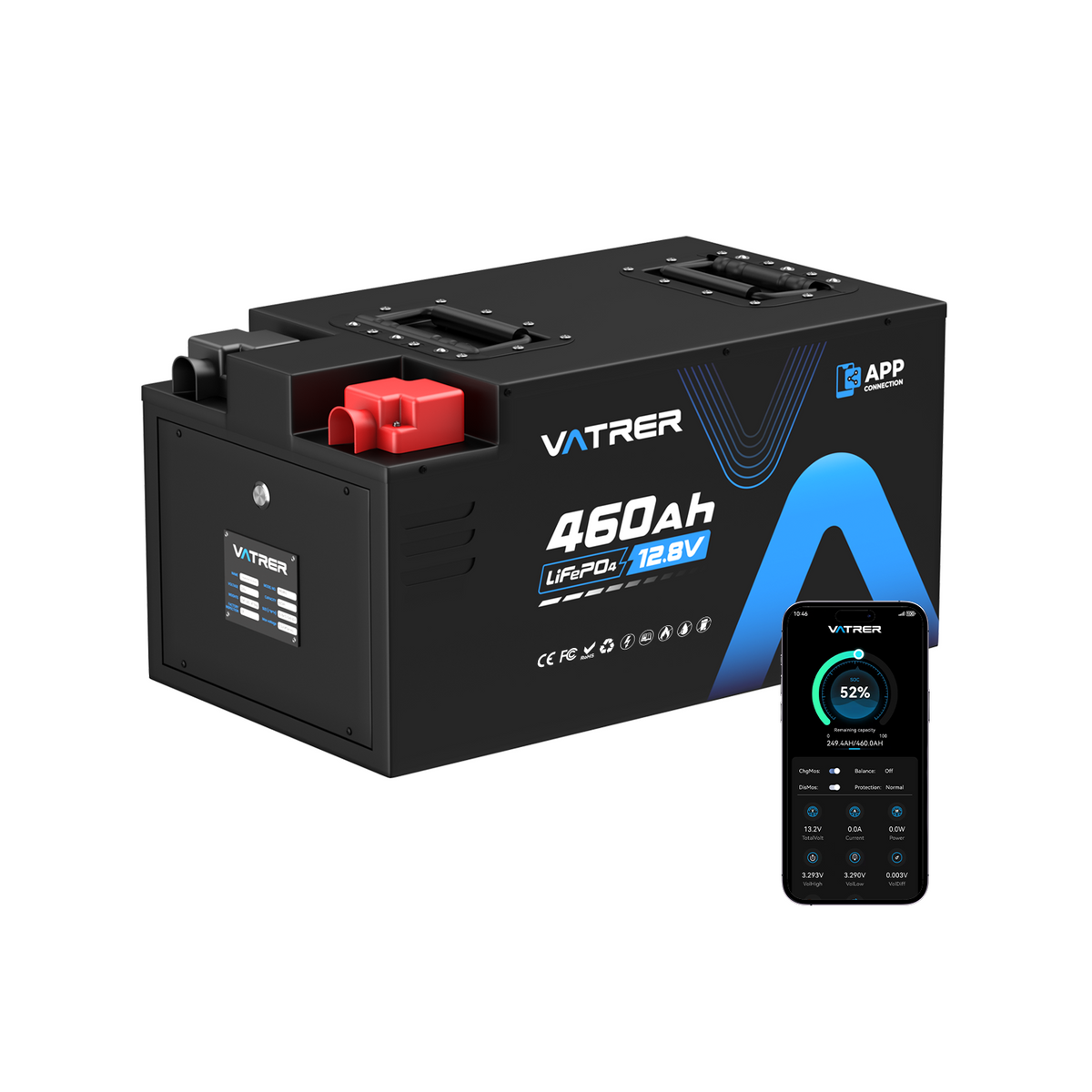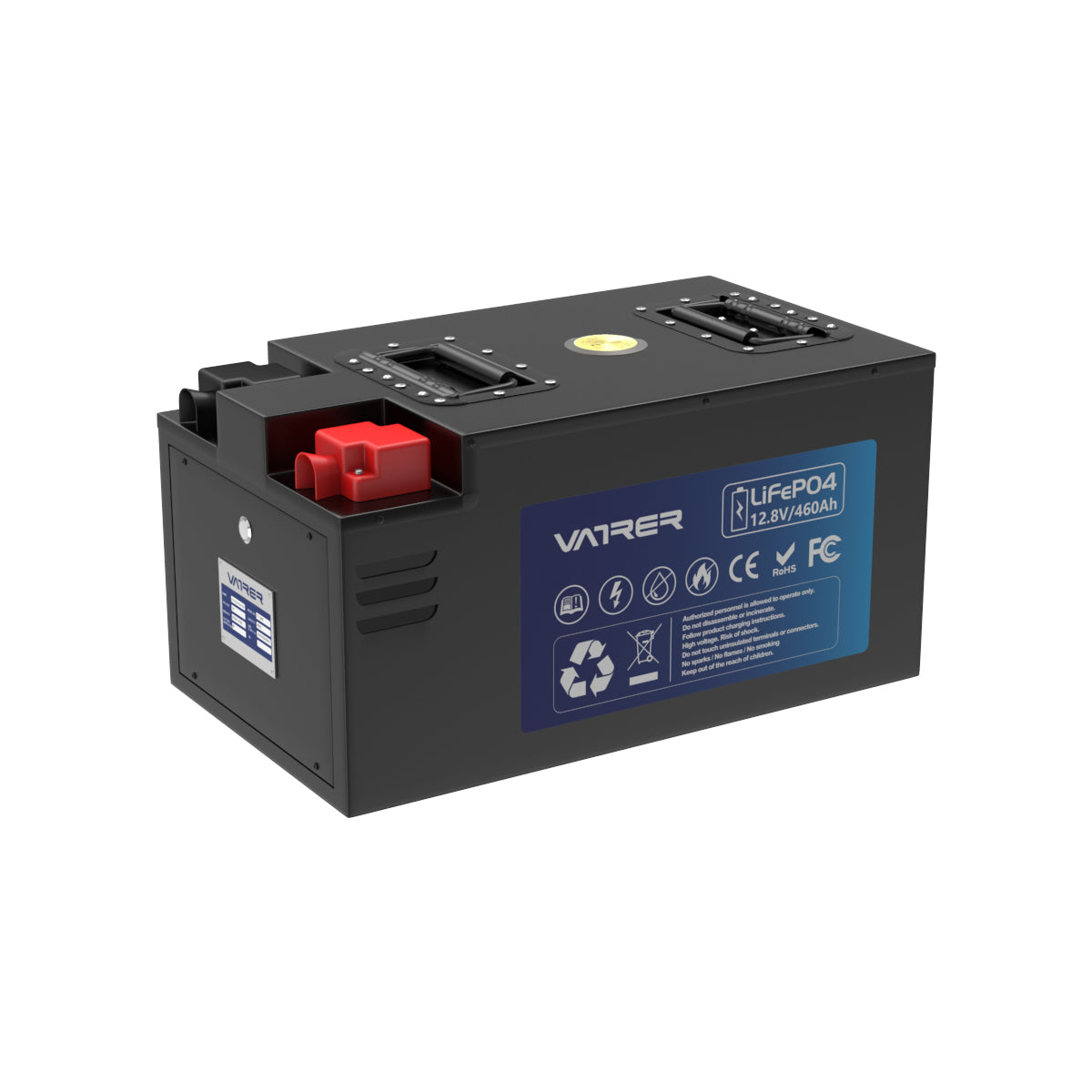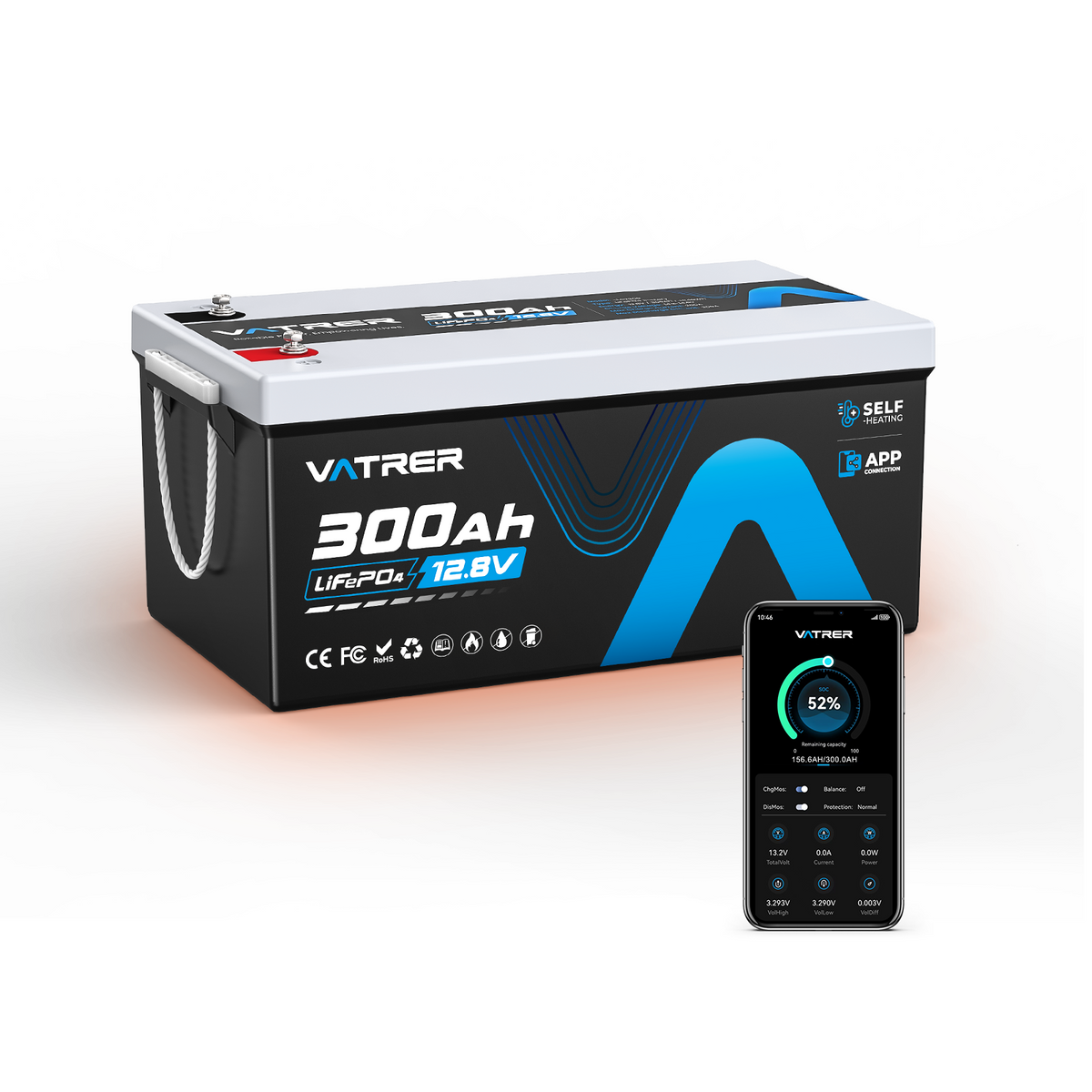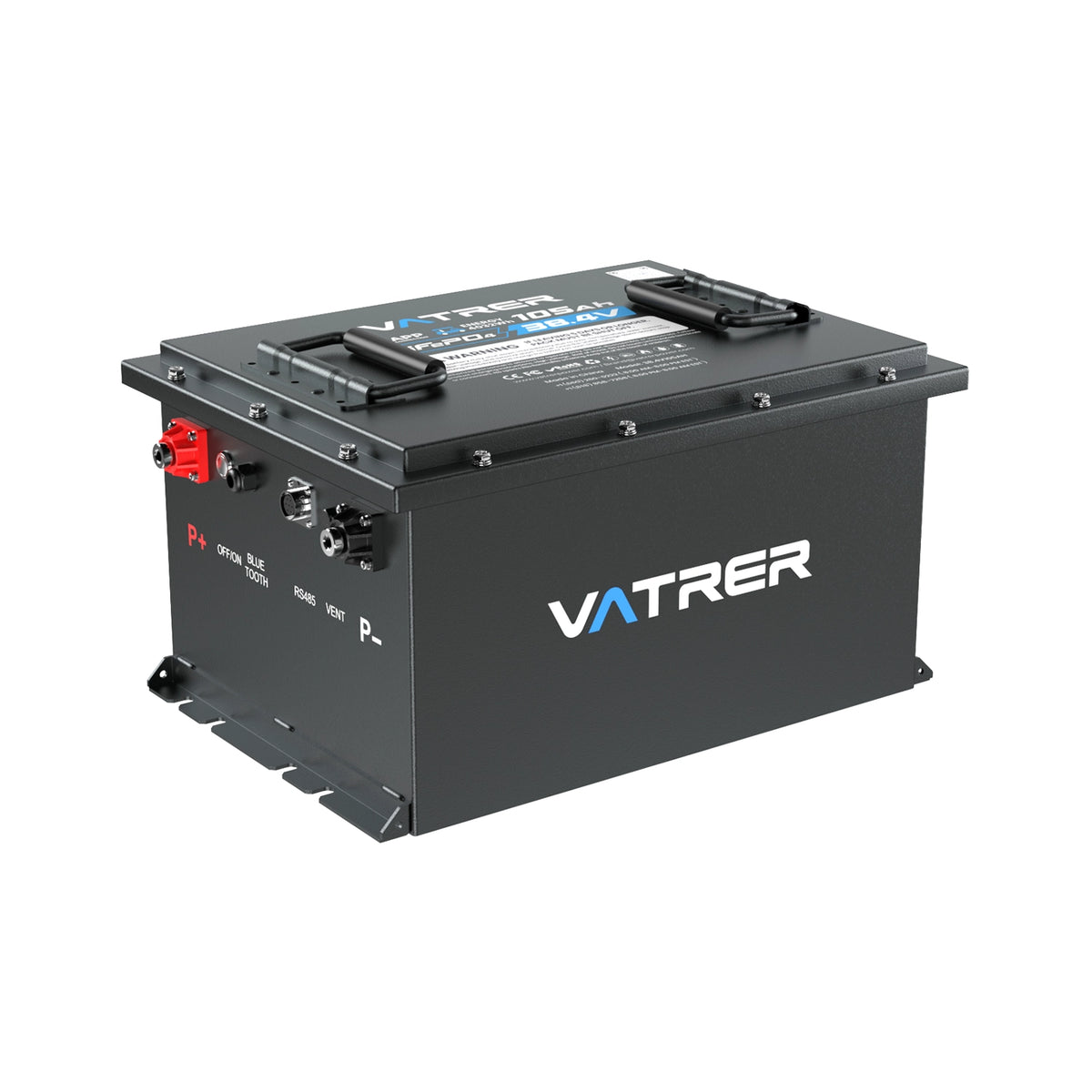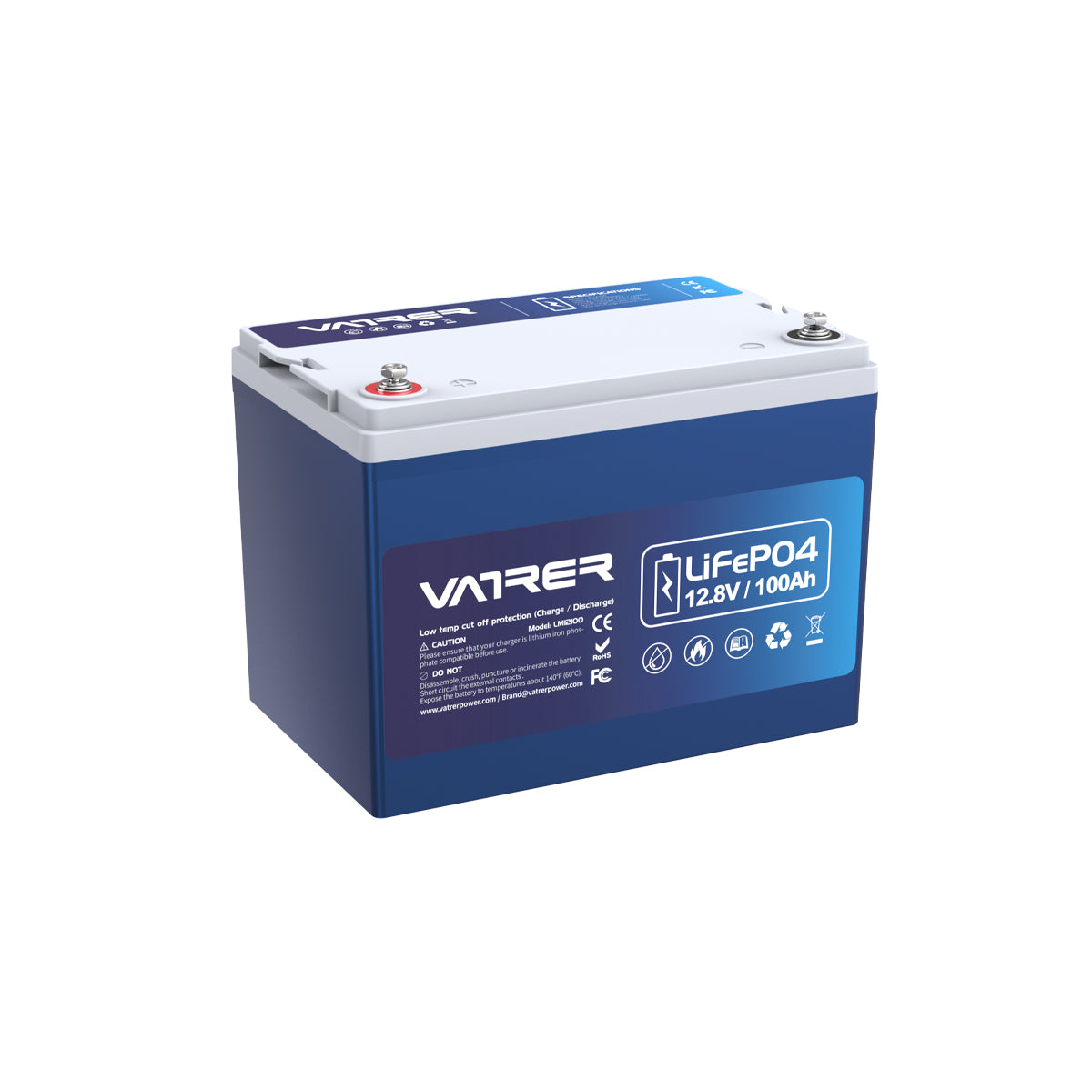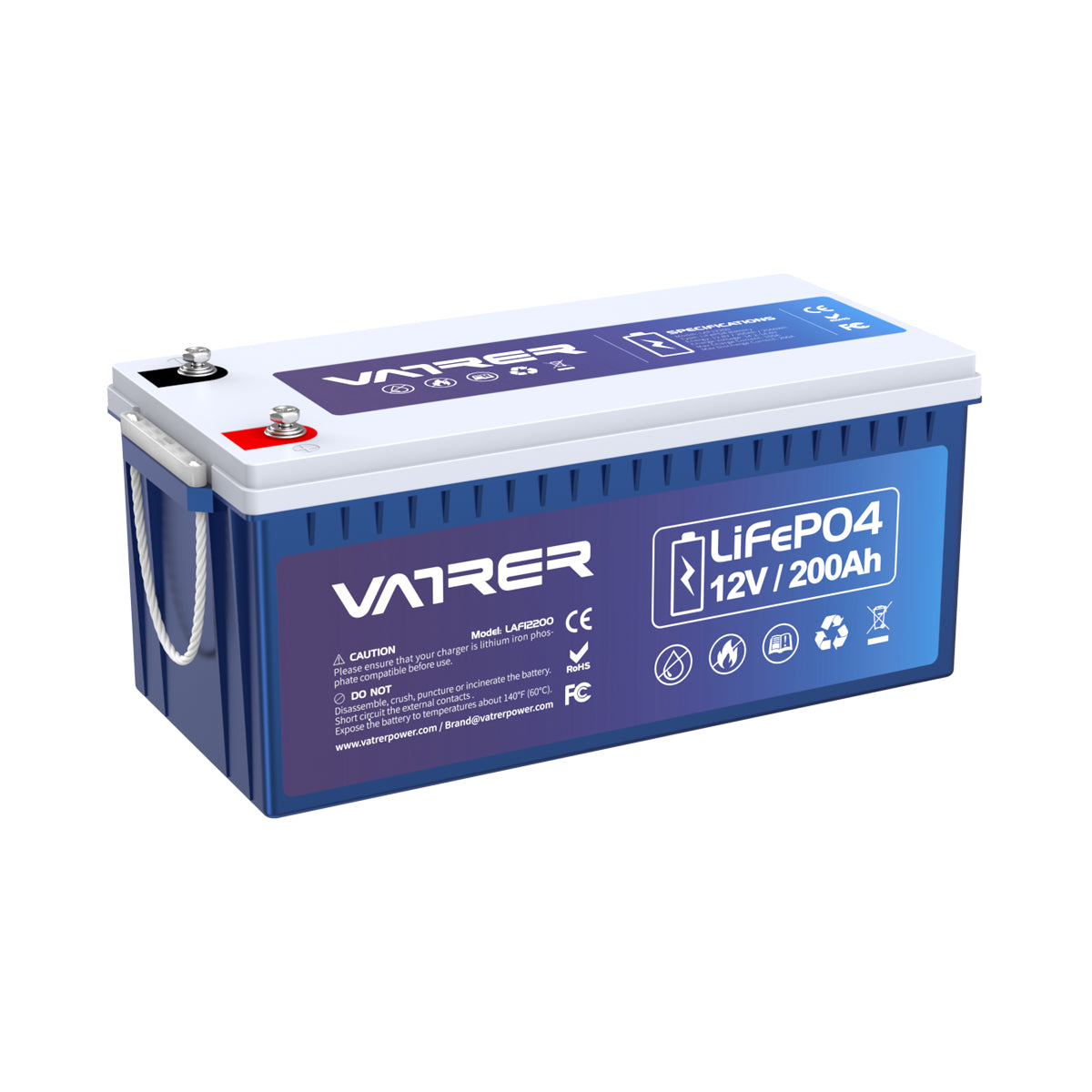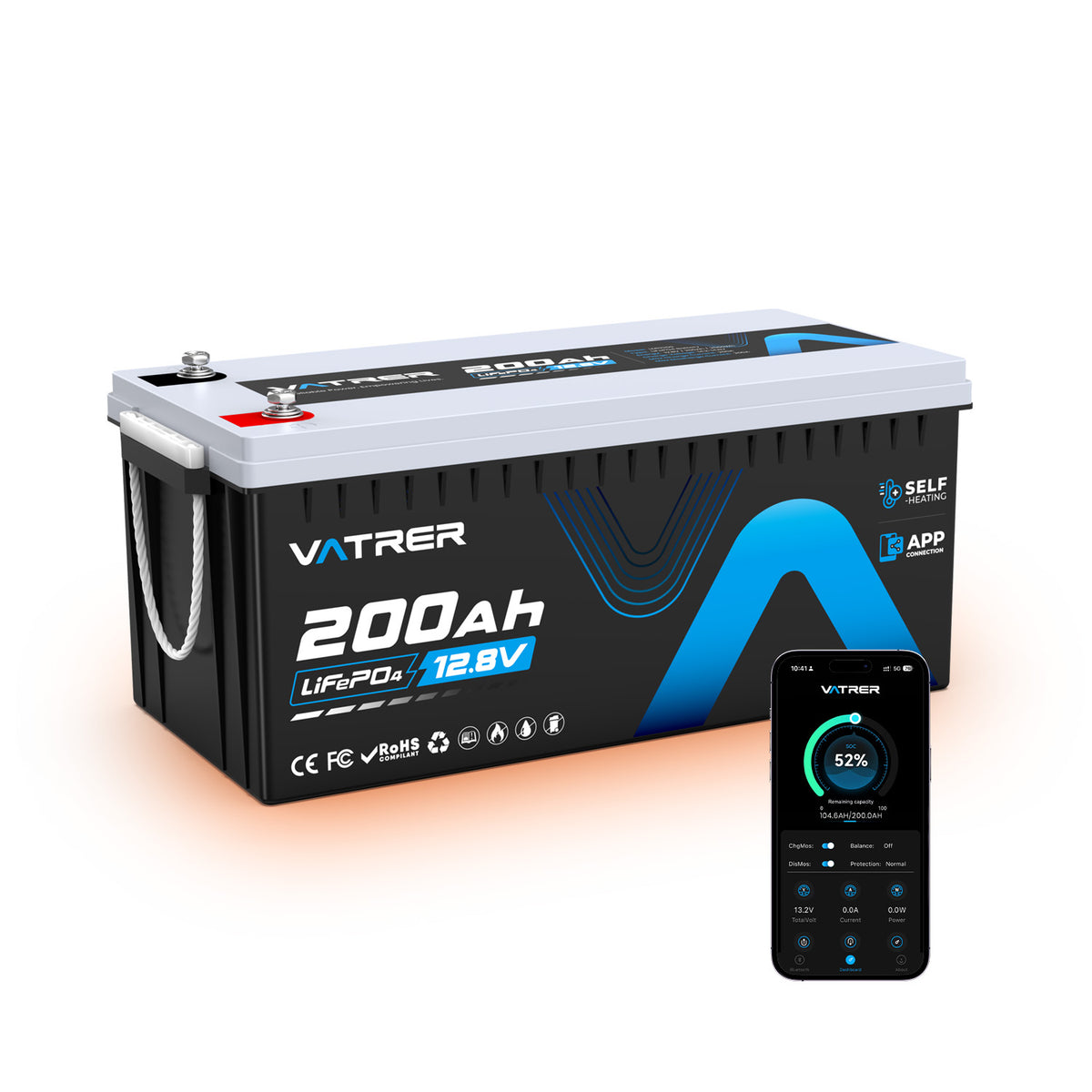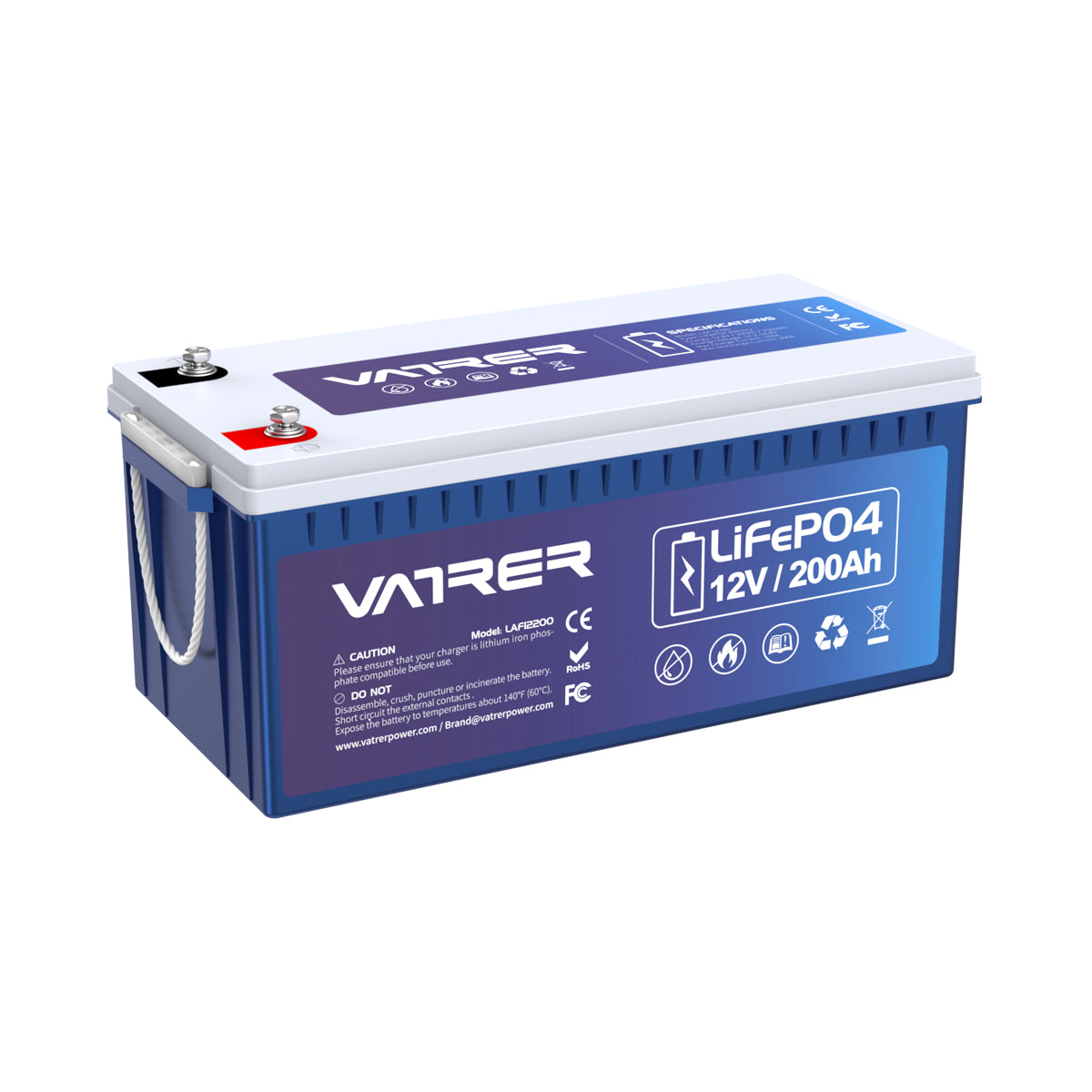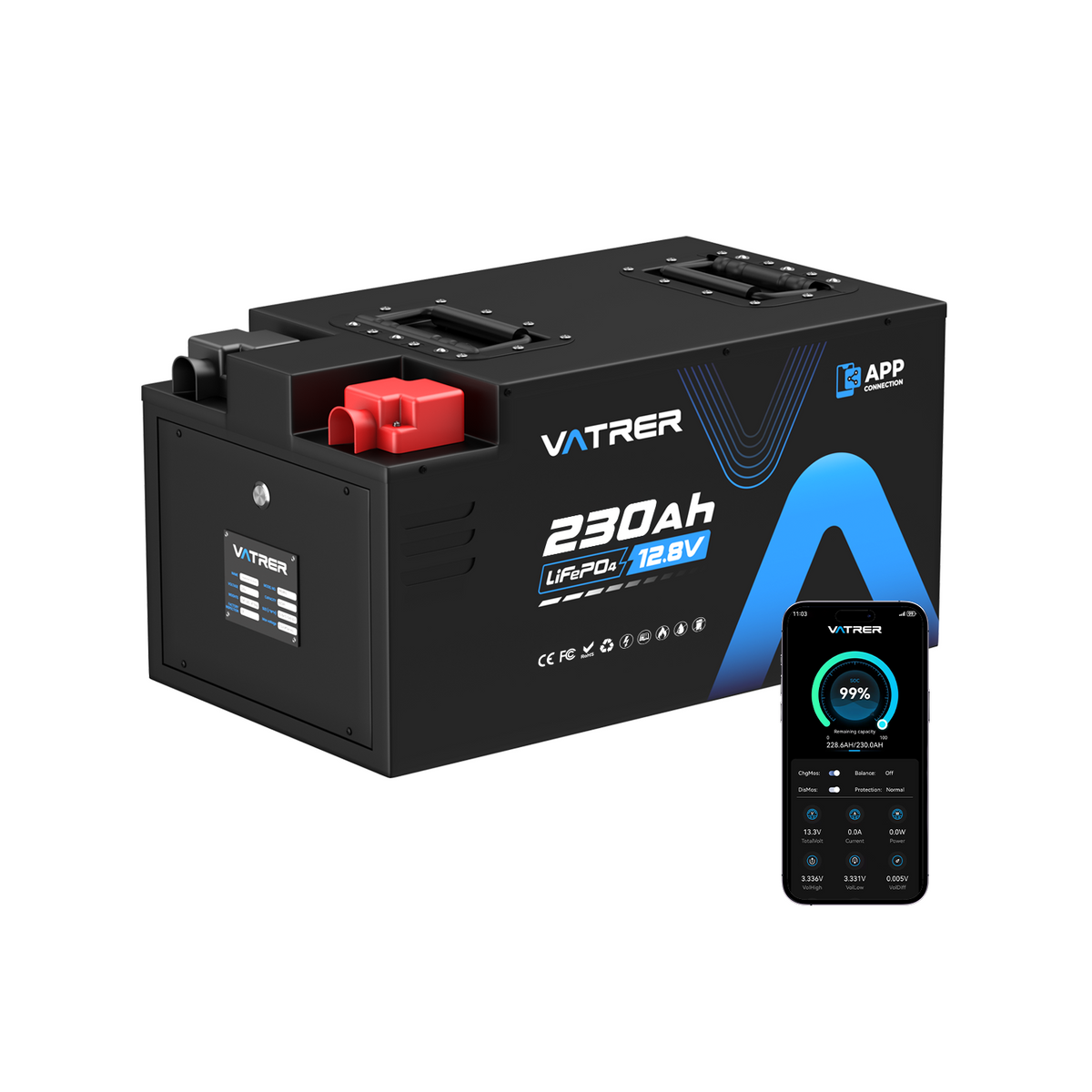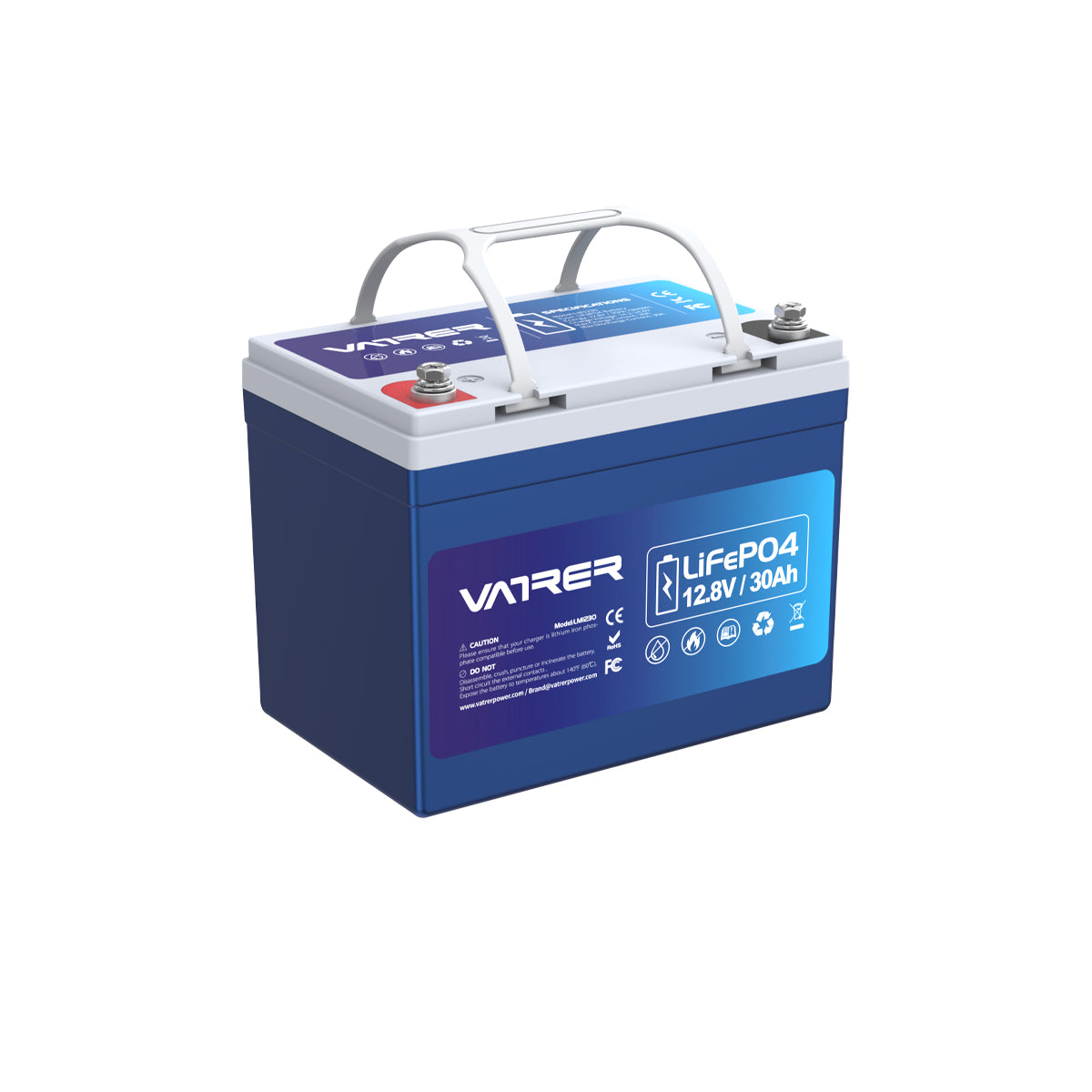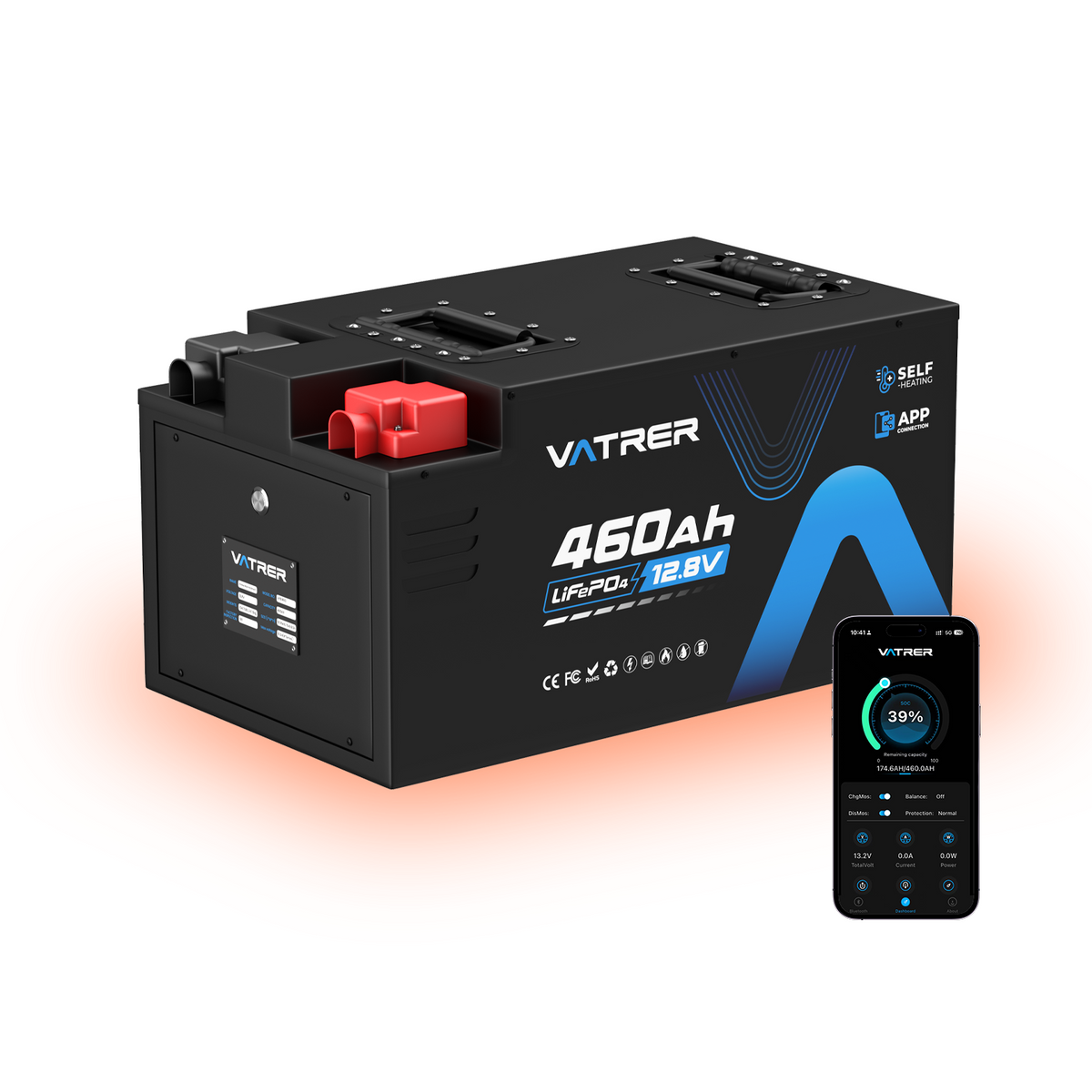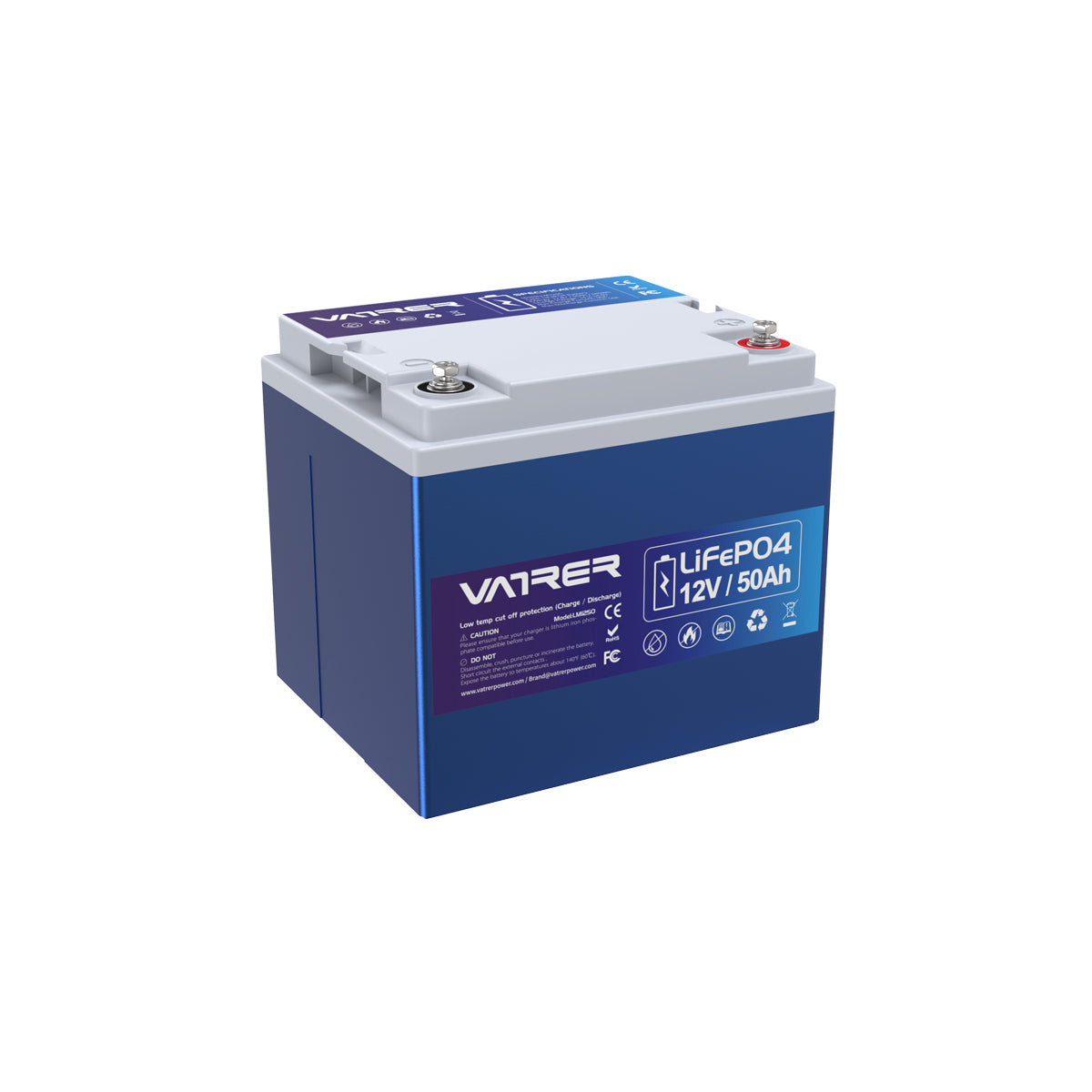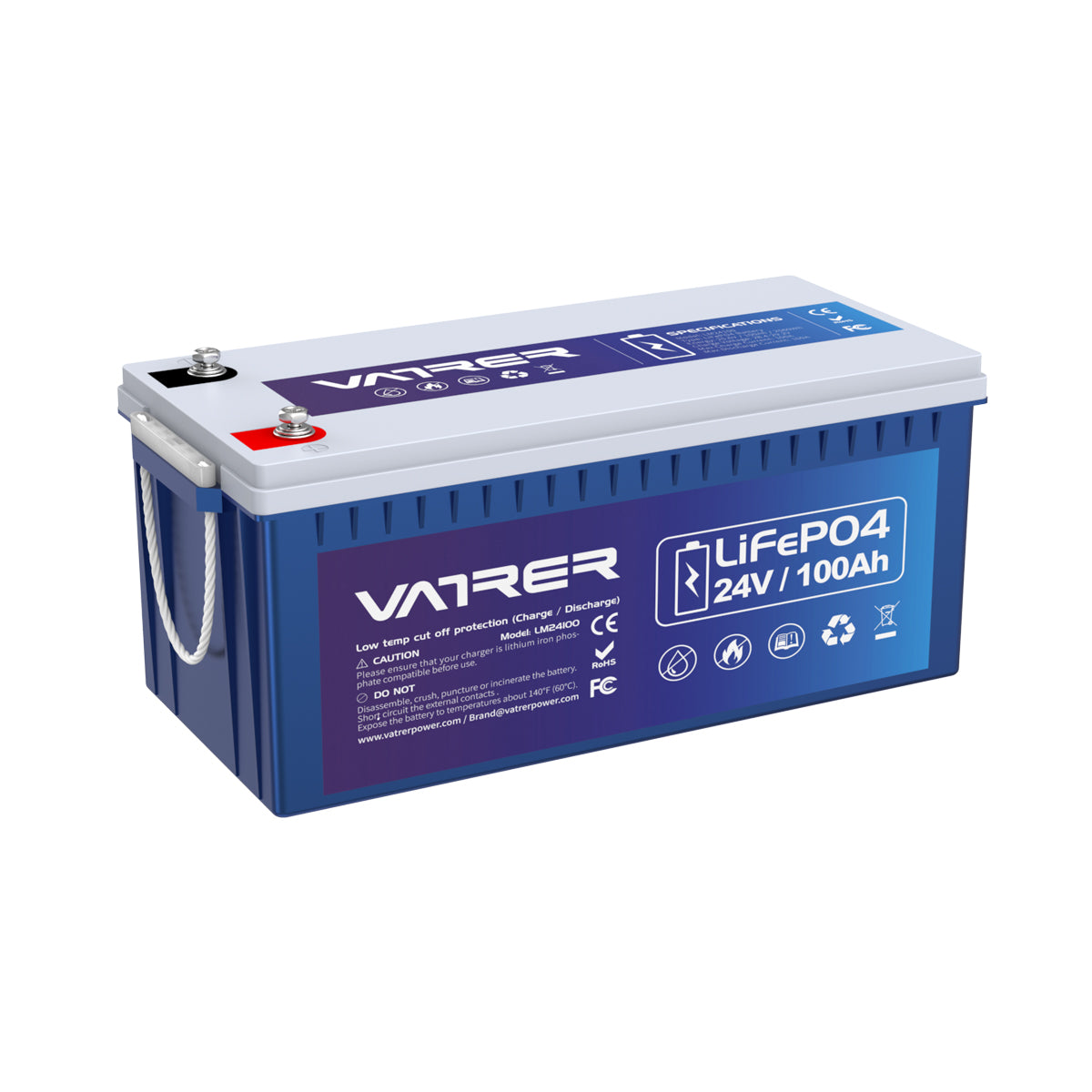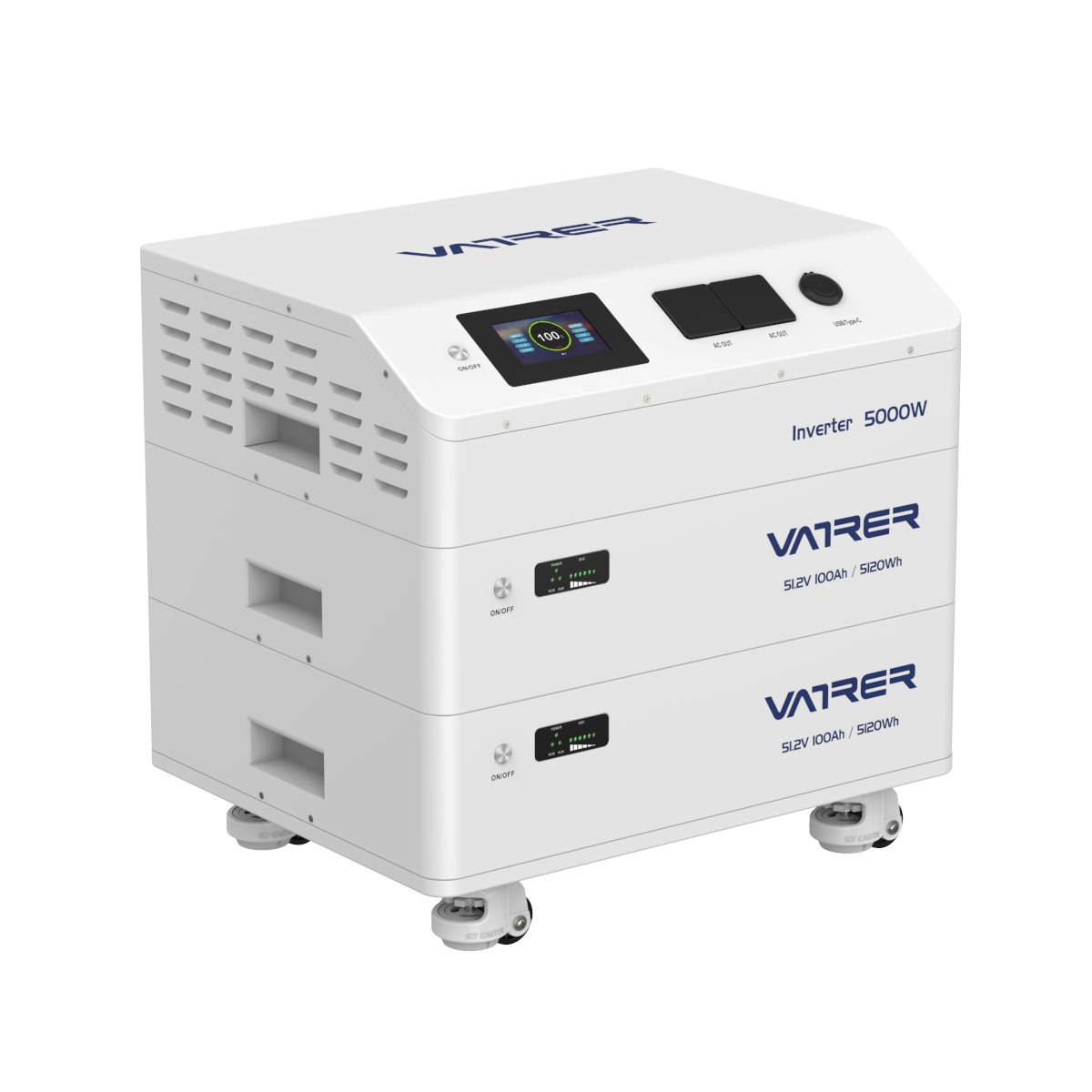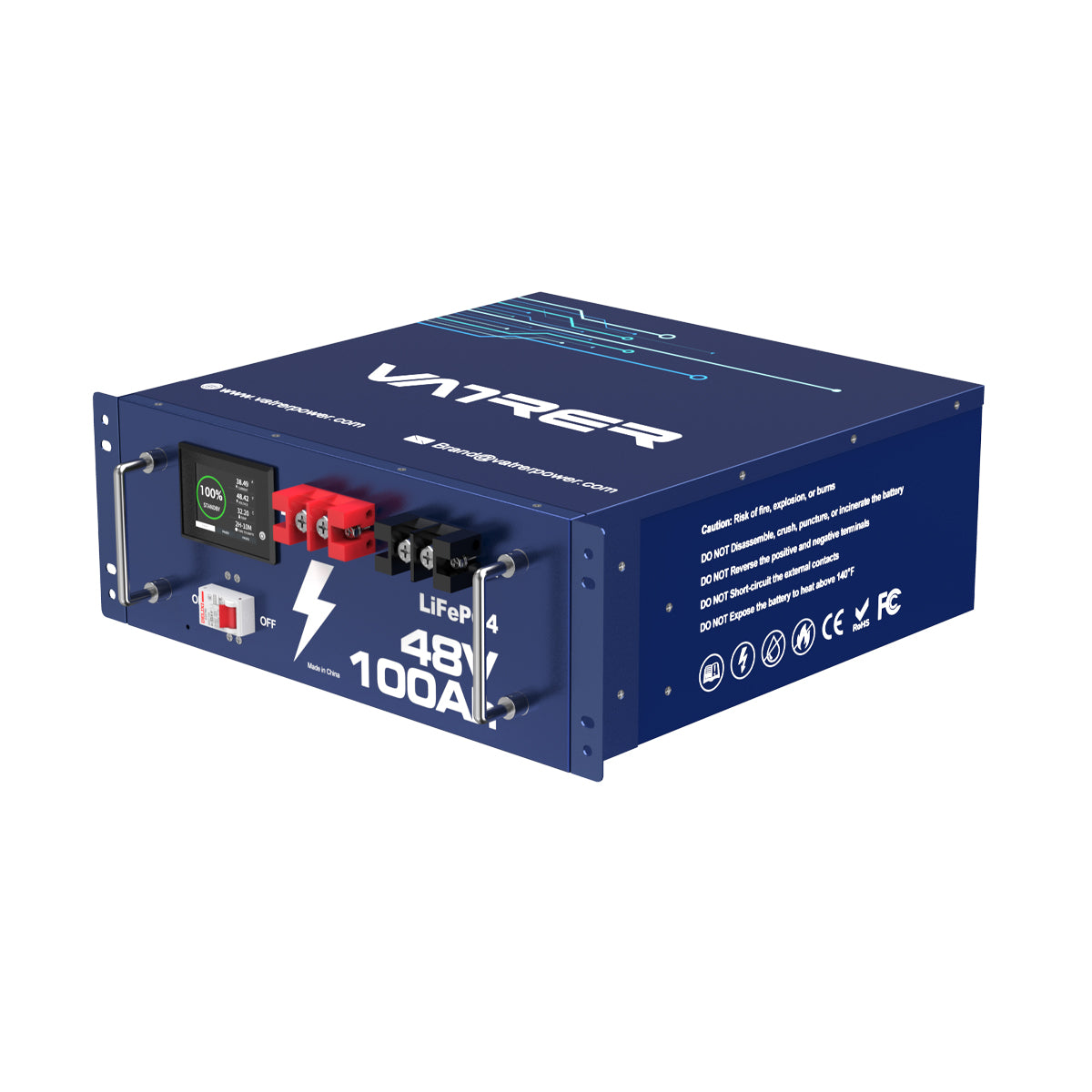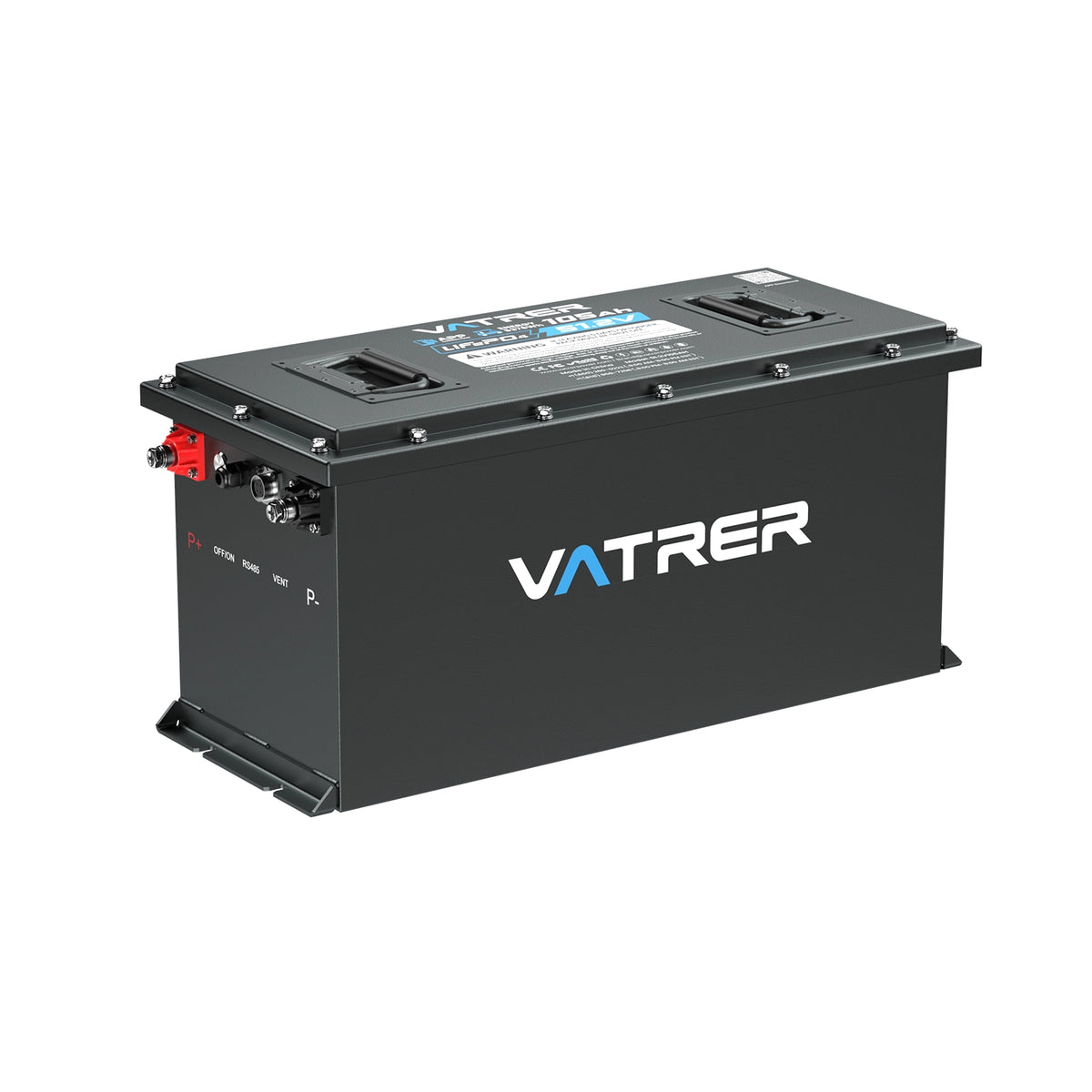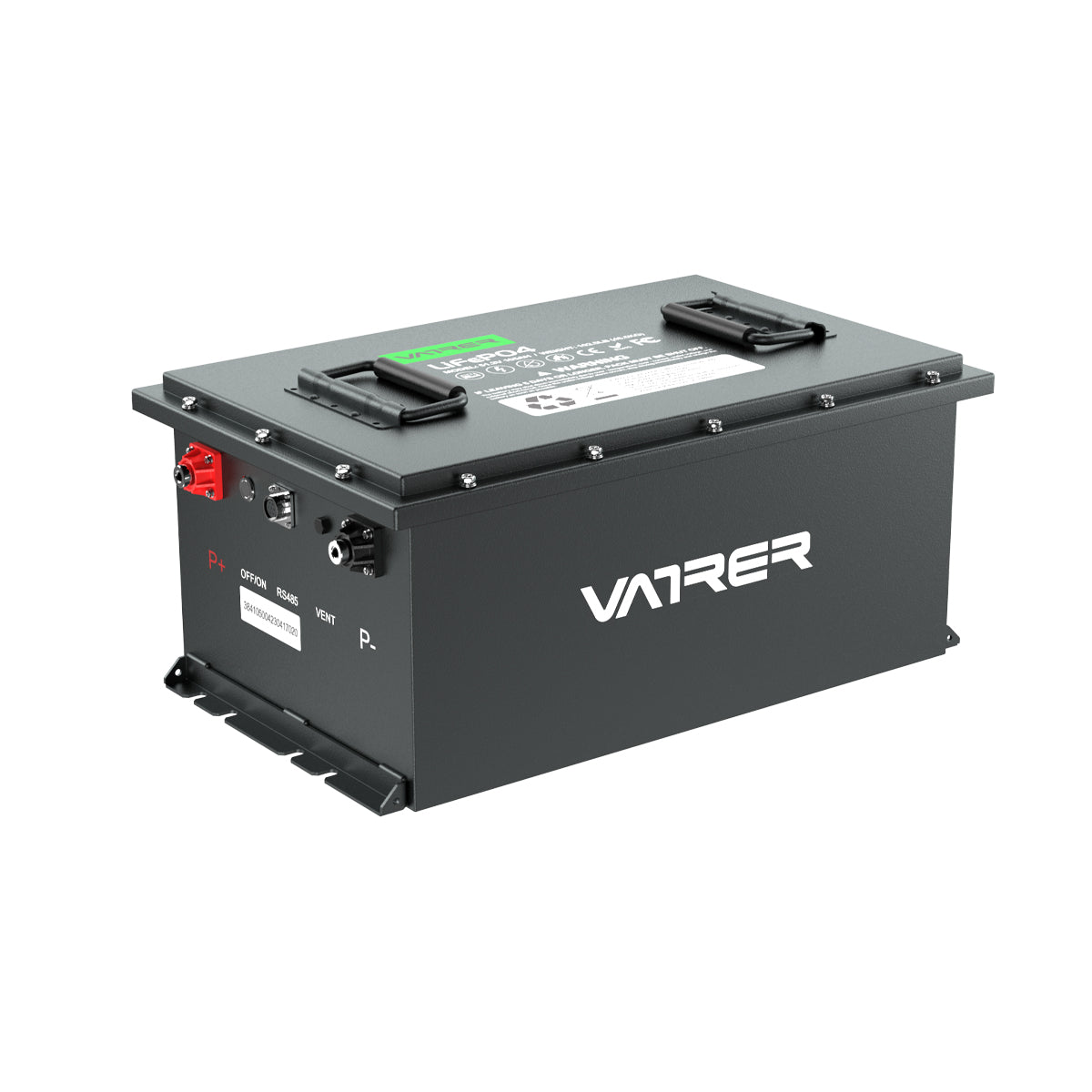Creating a power source that outputs a specific voltage is a common task in electronics, especially for hobbyists and engineers working on projects that require a custom power supply. One frequent question is how to achieve a 12V output using 3.7V batteries, which are commonly used in devices like smartphones and other portable electronics. In this blog post, we'll dive into the basics of battery voltage, how to calculate the number of batteries needed, and some practical considerations for assembling your battery pack.

Understanding Battery Voltage
Voltage is a measure of electric potential difference, and it's crucial when designing circuits because devices require specific voltages to function properly. A single battery's voltage is determined by its chemistry. For instance, lithium-ion batteries typically have a nominal voltage of 3.7V. This means that when fully charged, the battery will provide about 3.7 volts.
Calculating the Number of Batteries
To achieve a 12V output, you'll need to connect multiple 3.7V batteries in series. When batteries are connected in series, their voltages add up. Therefore, to find out how many batteries you need, you can use the following formula:
In this case:
Since you can't use a fraction of a battery, you need to round up to the nearest whole number. Therefore, you'll need 4 batteries.
Why 4 Batteries?
While the calculation suggests 3.24, using only 3 batteries would provide 11.1V (3 x 3.7V), which is less than the desired 12V. By using 4 batteries, you'll achieve a total of 14.8V (4 x 3.7V). The extra voltage can be managed by using a voltage regulator to step down the voltage to exactly 12V, ensuring your circuit receives the precise voltage it requires.
Practical Considerations
-
Voltage Regulation: As mentioned, using 4 batteries will give you more than 12V. To protect your devices, use a voltage regulator to bring the voltage down to 12V. Linear regulators and buck converters are common options.
-
Battery Management: When connecting batteries in series, it’s important to ensure all batteries are of the same type, age, and charge level. This prevents issues such as uneven discharge, which can reduce the lifespan of your battery pack.
-
Safety: Always handle batteries with care. Ensure connections are secure, and avoid short-circuiting the batteries. Overcharging or discharging a battery can lead to overheating and potentially hazardous conditions.
-
Capacity Considerations: While connecting batteries in series increases the voltage, it does not increase the capacity (measured in ampere-hours, Ah). If you need a longer runtime, consider connecting additional series strings in parallel to increase the overall capacity.
Conclusion
Building a 12V battery pack using 3.7V batteries is straightforward when you understand the basics of series connections. By using four 3.7V batteries and a voltage regulator, you can easily achieve the desired output. Remember to consider safety and battery management to ensure your power source is reliable and long-lasting. Whether you’re powering a small robot or a DIY electronics project, understanding these principles will help you effectively design and implement your power supply.







